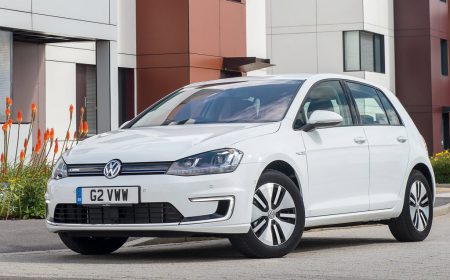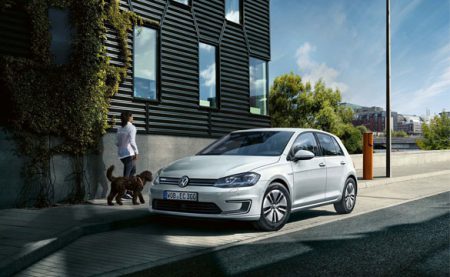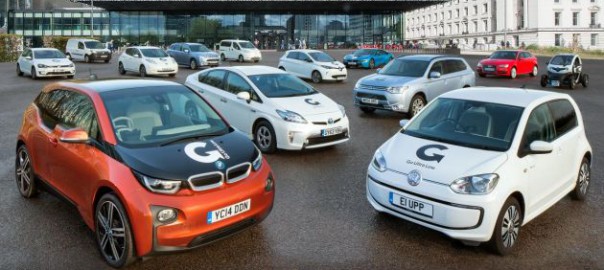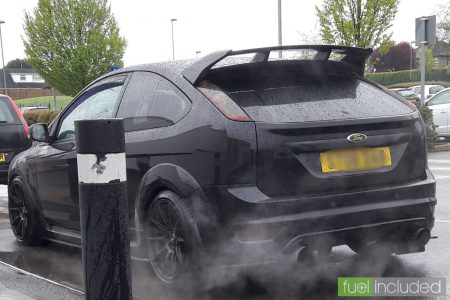BY 2040, if the government gets its way, drivers looking for a new car will have a simple choice: buy an electric car or a hybrid car.

The Volkswagen e-Golf and BMW i3 REX give a taste of things to come. The former is Britain’s best-known family hatchback first, and a pure-electric car second. It should mean it’s user-friendly and doesn’t require as big a leap of faith as a high diver jumping from a cliff top.
The i3 REX is an electric car for pragmatists. In addition to having an electric motor and a battery pack, it has a two-cylinder petrol engine, packaged beneath the boot floor, in the same space as the car’s electric motor. This acts as a generator, to maintain battery charge when it gets low.
The e-Golf, which is propelled under battery power alone, has been revised for 2017 as part of the updated Golf range, and can officially travel 186 miles on a single charge. The i3 REX has a battery range of around 140 miles, but the REX motor allows it to travel a total of 200 miles before you need a top-up of electricity or petrol.
The e-Golf, which is propelled under battery power alone, has been revised for 2017 as part of the updated Golf range, and can officially travel 186 miles on a single charge. The i3 REX has a
We put the pair to the test, on a trip to the seaside. Needless to say, it rained; could the electric cars keep our spirits high?
2017 Volkswagen e-Golf review
Words: Will Dron

Well, it’s a Golf, isn’t it? VW sold 5,236 of its ever-popular hatchback in July alone, just 15 short of the best-selling Ford Focus. In order to create its electric car, all VW had to do was strip out the petrol or (whisper it) diesel engine, along with its transmission, and bolt in a few Duracell batteries and an electric motor. Oh, and change the alloys and tweak the styling of the lights slightly.
When you climb inside, it looks like a Golf, too. The instruments are the same, the switchgear is the same, the seats are the same, the infotainment system is the same (albeit with updated software to show electric energy flow and driving efficiency).
The i3, on the other hand… now that’s an incredible achievement. Designed from the ground up as an electric car, with a carbon fibre tub to save weight and carefully considered packaging, for optimal weight distribution. And the interior of the i3 — totally original and full of reclaimed wood and other dolphin-friendly materials. BMW put a huge amount of research and development into coming up with that car.
But then you remember… being a Golf is no bad thing.
The moment the penny really dropped was when James Mills, having parked his totally original, very clever little i3 REX next to the e-Golf, was having a little root around the back of my car. He quickly pointed out that the i3 has only four seats, whereas the VW has five, just like a normal Golf. Yes, the transmission tunnel houses the battery pack, so it doesn’t have a flat floor in the rear, but other than that, it’s a Golf.
Read more: Driving.co.uk


















